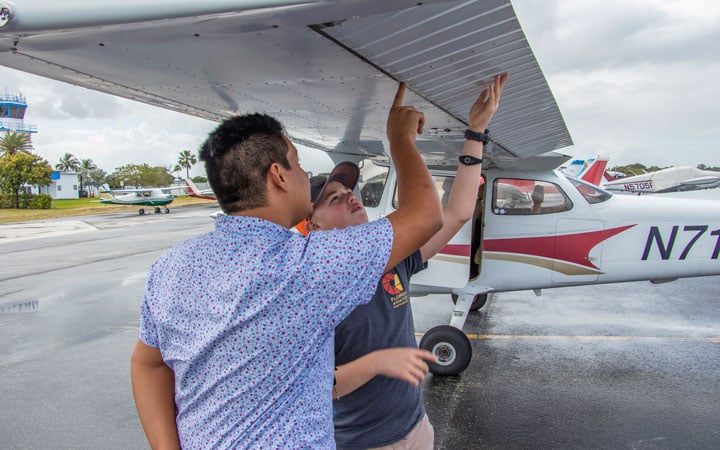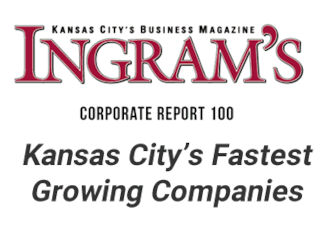Help Students Fund their Flight Training

Flight schools looking to attract or retain students have a sharp arrow in their quiver to help their students achieve their dreams of flight. Two programs are now available to fund flight training, a dramatic departure from the past when flight schools had few resources for students interested in becoming a recreational pilot or who wanted to learn how to fly for business.
These programs – Pilot Finance Inc and the Aircraft Owners and Pilots Association (AOPA) subsidiary, Aircraft Finance Company – are extremely important because they help students stay the course and finish their flight training education more expeditiously.
Continuous Training Means Better Education
“One of the things we see with people trying to get their certificate one lesson at a time is they do a lot of start and stop,” said AOPA Aviation Finance Company President Adam Meredith. “Financing allows you to have all the funds you need to finish it all the way through. The completion ratio is much higher for someone with a loan. The whole point is to make getting people into planes more accessible.”
Since piloting an aircraft is a perishable skill, especially in the beginning of training before skills are perfected, students who start and stop training will waste valuable time (and money) backtracking and reviewing to regain skills they had learned and lost over time. Financing helps students start and finish the program quickly, which is much a much more efficient, enjoyable and rewarding experience.
An Expanded Range of Potential Students
While only available to AOPA members, members find the financing options and other advantages of membership a great value for the small membership fee. AOPA launched its separate finance company initially to finance aircraft purchases but the demand from those wanting to learn to fly was so great it expanded its financing to flight training in March 2015.
“The demand is strong for this financing since most people are left to figure out how to finance their training on their own,” Meredith added. “Most think financing flight training is like a traditional student loan, which is backed by the government to get cheaper rates. But it is actually an unsecured loan that, for most lenders, is too high a risk. But we feel we know the background and the strong demographics of our members. We did not feel the risk was that great and so far it has been very successful on all accounts.”
The availability of flight training loans is a powerful benefit to both flight schools and students because it provides a key tool for retaining students. Loans will address the fact that the drop out rate for flight training is between 70% and 80%, according to AOPA, which cited the availability of funding as the number one barrier to completing flight training.
“We’ve found that the conversion rate from student to actual pilot is much higher with those who finance than those who pay cash as they go,” Meredith explained. “First, if they are going to take out financing they are more committed. Second, having taken out the financing they are committed to see it through. They know they have the money to get it done. Another benefit is the fact that students pay interest on only the amount of money they take out making flight training less expensive.”
Available Financing Depends on the Type of School
Flight schools can also help students confused over which flight school may be best for them and much of it depends on their aspirations. AOPA indicated that most who seek a pilot’s license just want to fly for recreation and about a third want to pursue flight training for business reasons, leaving the balance career-path pilots. Flight schools can, for instance, explain the difference between Part 141 and Part 61 schools and what it means in funding flight training.
Advising Students on Loans
Meredith offered advice on what to watch out for including the normal caveats for any consumer loan, although interest rates may be less.
“You are looking for the best rates and what is in the fine print,” he said of the consumer tips for borrowers. “There are a lot of questions that need to be answered such as how long is that rate locked in and how long the term is. What are the requirements to be met such as whether you have to go to a particular type of school to use the loan? Do you have to pay for a certain amount of flight training before you qualify for a loan? Or do you have to make a down payment?”
Finding out the answers to these questions can help flight schools convert prospective pilots into students.
There are some great ways to help your students finance their dream of flying. But, as with anything, it takes commitment, financial smarts and a little good advice.


